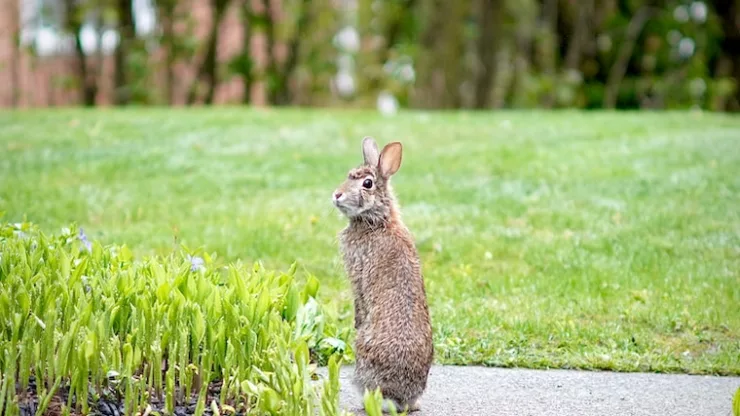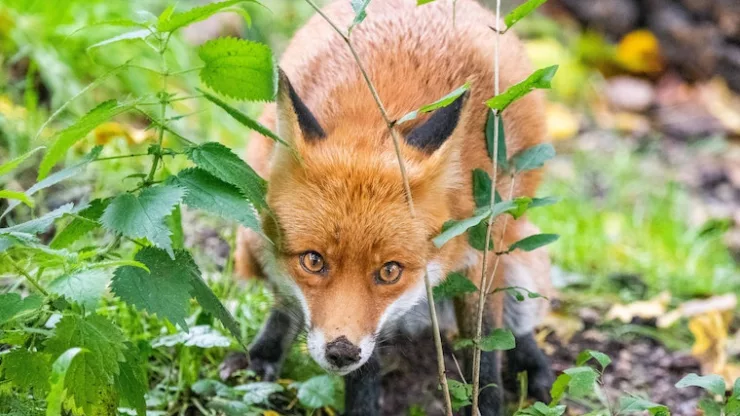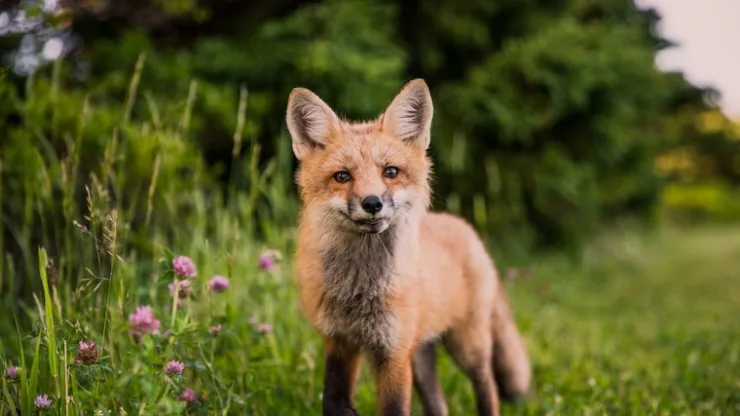Deer are often associated with forests and rural areas, but in recent years, they have been spotted in urban areas.
Urbanization has caused the loss of natural habitats, but for some species, such as deer, it has created a new opportunity to thrive in the concrete jungle.
Jump to Section
Introduction
Overview of Urban Deer
Urban deer are deer that have adapted to living in urban areas. They are often seen grazing in parks, backyards, and golf courses.
In some cities, deer have become a common sight, and their populations have grown significantly.
Why Urban Deer Thrive
Urbanization has created an environment that is suitable for deer. The loss of natural habitats has forced deer to seek shelter in urban areas.
The abundance of food sources in the form of gardens, shrubs, and trees has made it easy for deer to survive in urban areas.
Additionally, urban areas provide protection from predators, which has allowed deer populations to grow.
The Benefits of Urban Deer
Role in Ecosystem
Deer play an important role in the ecosystem.
They help maintain the balance between plants and animals. They are herbivores and play a crucial role in dispersing seeds and maintaining plant diversity.
Additionally, they are food for predators such as coyotes, wolves, and bears.
Ecotourism and Urban Deer
Urban deer have become a tourist attraction in some cities. People come to see them and take pictures.
Urban deer have become a source of revenue for businesses such as hotels and restaurants.
The Challenges of Urban Deer
Human-Deer Conflict
As deer populations grow in urban areas, they come into direct contact with humans. This can lead to conflicts between humans and deer.
Vehicle Collisions
Deer have become a significant hazard on roads.
Vehicle collisions with deer can cause significant damage to the vehicle and can also cause injury or death to the driver and passengers.
Property Damage
Deer can cause damage to gardens, shrubs, and trees. They can also damage property such as fences, sheds, and buildings.
Disease Transmission
Deer can carry diseases such as Lyme disease, which can be transmitted to humans. Additionally, deer can spread diseases to other animals.
Management Strategies for Urban Deer
Non-Lethal Options
Fencing and Netting
Fencing and netting can be used to keep deer out of gardens and other areas. They can also be used to keep deer off of roads.
Repellents
Repellents can be used to deter deer from entering certain areas. These can include noise makers, sprays, and other deterrents.
Habitat Modification
Habitat modification can be used to make areas less attractive to deer. This can include removing food sources such as gardens and shrubs.
Lethal Options
Hunting
Hunting can be used to reduce deer populations. This can be done by allowing hunters to hunt in certain areas.
Culling
Culling involves the selective removal of deer from a population.
This can be done by professionals using traps and other methods.
Community Involvement
Community involvement is crucial in managing urban deer populations. This can include education programs, community meetings, and outreach programs.
Conclusion
Managing Urban Deer Populations
Managing urban deer populations is a complicated issue.
It requires a balance between conservation and human needs.
While urban deer have become a source of revenue for some businesses and a tourist attraction for some cities, they can also cause significant damage and pose a risk to humans.
FAQ
What should I do if I see a deer in my backyard?
If you see a deer in your backyard, it is best to leave it alone. Do not approach the deer, as they can become aggressive.
If you are concerned about the deer causing damage to your property, you can use fencing or other deterrents.
Can I feed urban deer?
No, it is not recommended to feed urban deer.
Feeding deer can cause them to become dependent on humans for food and can lead to a host of other problems.
Can I hunt urban deer?
The rules and regulations regarding hunting urban deer vary by city and state. It is important to check with your local government before attempting to hunt urban deer.
I’m a nature enthusiast and creator of Metro Wilds and have spent years exploring the great outdoors.
With a passion for environmental conservation and sustainability, I have dedicated my career to writing about the beauty and wonders of nature, as well as the threats facing our planet.
Contact me at [email protected] for assistance.





